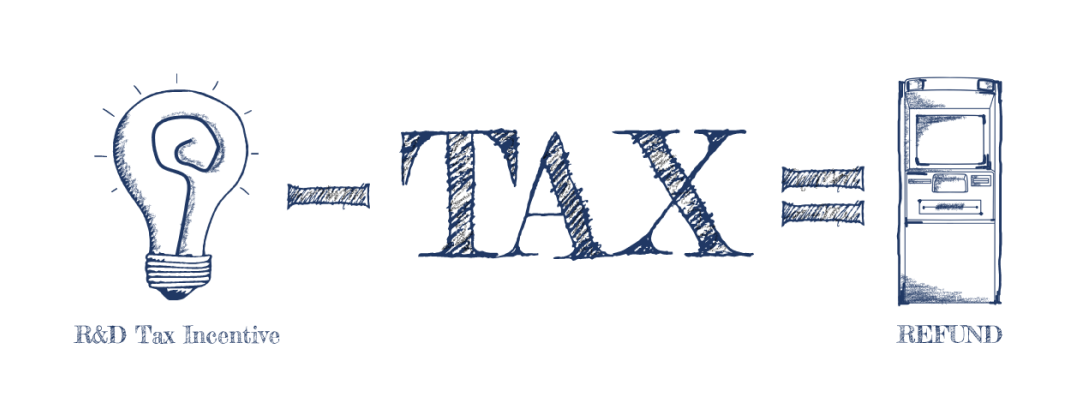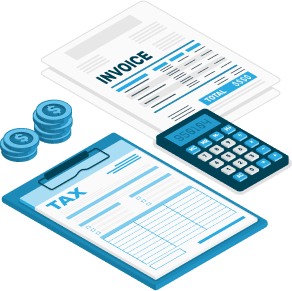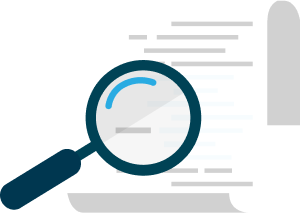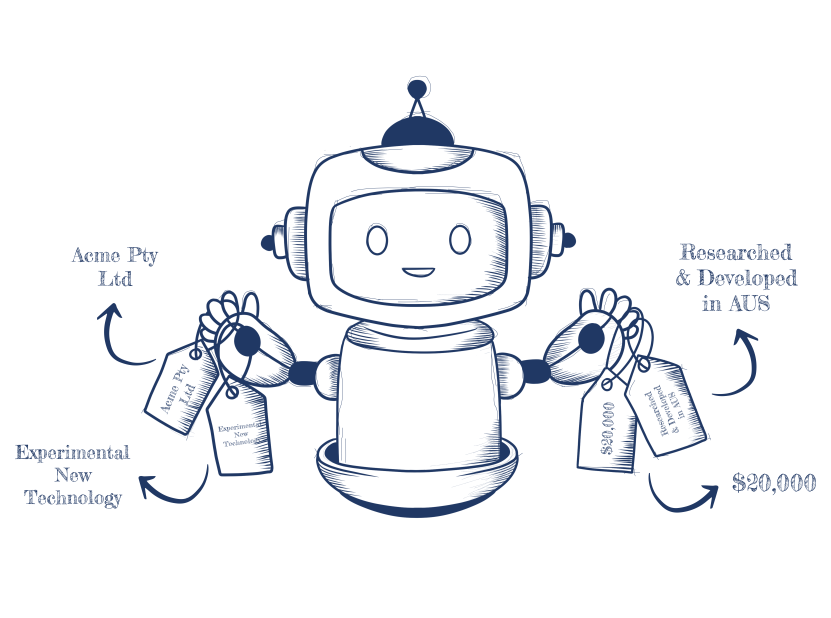There are a number of main criteria here which we will cover in detail.
A company must have undertaken eligible R&D activities during the income year. Key to this is the identification of a Core R&D Activity that has been undertaken in the income year (or potentially to start in a future year).
A Core R&D Activity is an experimental activity:
a) whose outcome cannot be known or determined in advance on the basis of current knowledge, information or experience, but can only be determined by applying a systematic progression of work that:
i. is based on principles of established science; and
ii. proceeds from hypothesis to experiment, observation and evaluation, and leads to logical conclusions; and
b) that was conducted for the purpose of generating new knowledge (including new knowledge in the form of new or improved materials, products, devices, processes or services).
Generally, when we discuss a Core R&D Activity, we break the above into three (3) components:
Experimental activities based on an area of established science:
Is there experimentation required at a technological level? Can you identify the theories or concepts you are trying to prove and the experiments needed to test them?
This is to help demonstrate that the true innovation is at a technological level which will require experimentation to unlock new learnings.
Experimentation or testing to address hypotheses around commercial factors are not counted – i.e. market testing an existing product with a different B2B customer or different industry, or establishing consumer preferences in relation to a new product, process or service.
Unknown Outcomes – Was the outcome of the experiment(s) unknown, and unable to be determined in advance?
If you are developing algorithms or hardware, the outcome and the pathway to success should not be known, publicly available / easily accessible, or able to be easily derived by a competent professional without experimentation. For example, the development of a new app using a tech stack in a business-as-usual fashion would likely not qualify if there was no advancement of the state of the art at a technology level.
New Knowledge – Was a product/program developed to generate new technical knowledge or a new or improved product, process or service?
This requirement relates to establishing what the purpose of an activity was at the time it was conducted. Where the activity may have a dual purpose (i.e. to generate new technical knowledge as well as to produce a commercial service), you must carefully inspect the documentary evidence available to support that a significant purpose of conducting the activity was to generate new knowledge.
Can only claim activities conducted for you
The R&D activities need to be carried out for you, rather than say a corporate investor who owns and controls the IP of the venture, or a situation where you are contracted by another entity who pays for your efforts.
Factors to consider here are who:1. has effective ownership of results from the R&D activities2. has an appropriate degree of control over the R&D activities3. bears the financial burden or risk of conducting the R&D activities
Check if you are eligible.



















